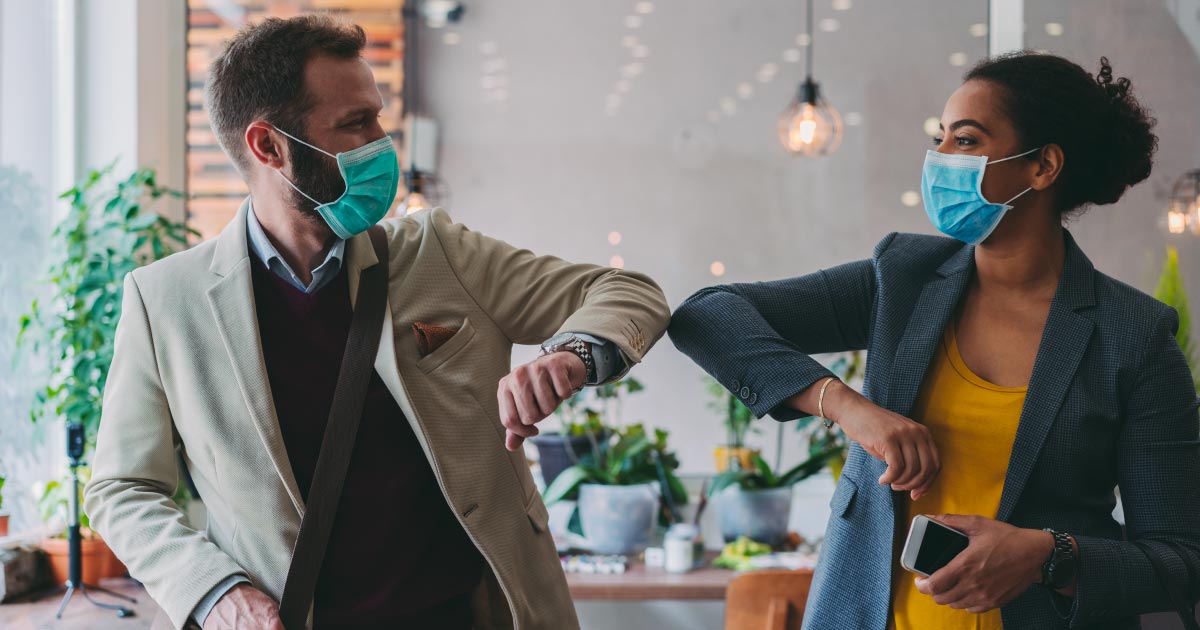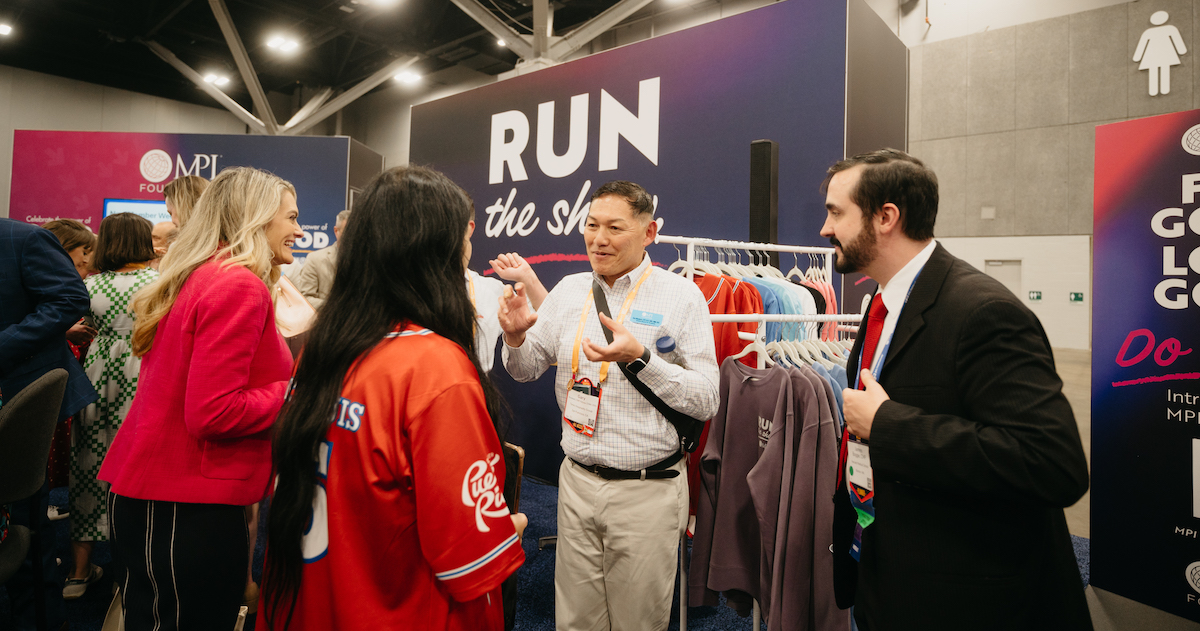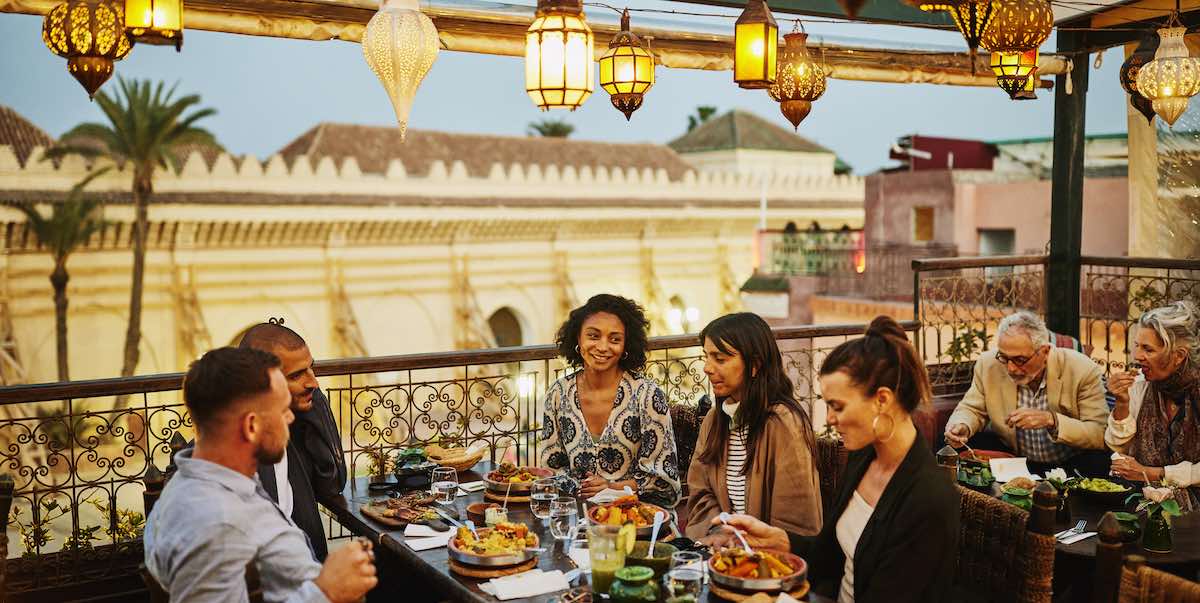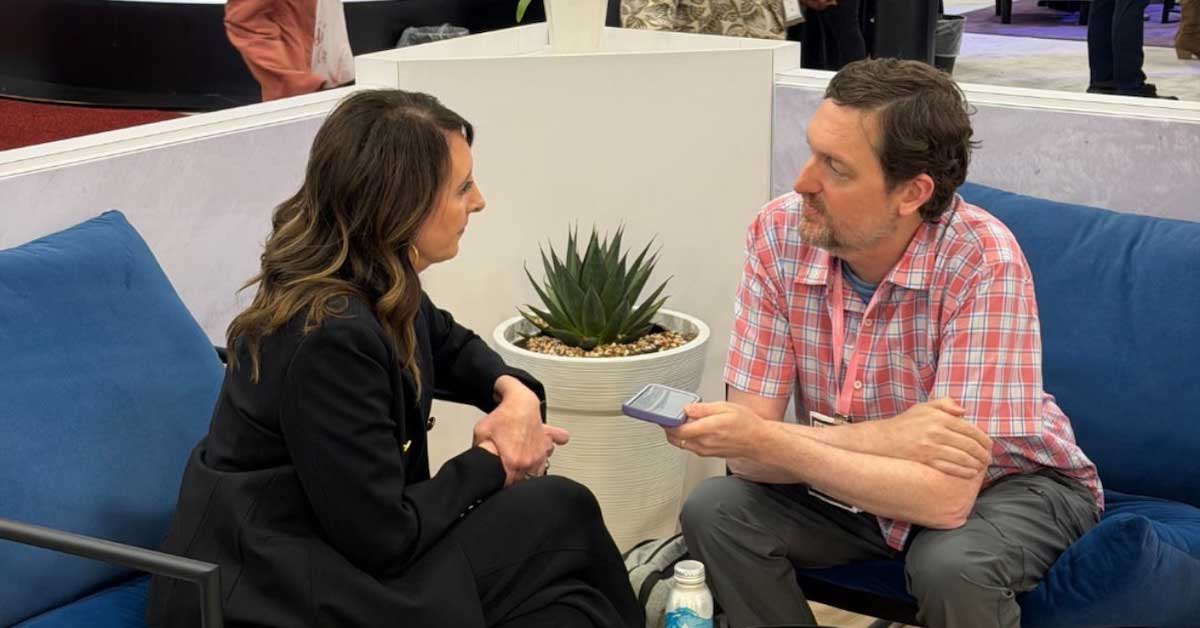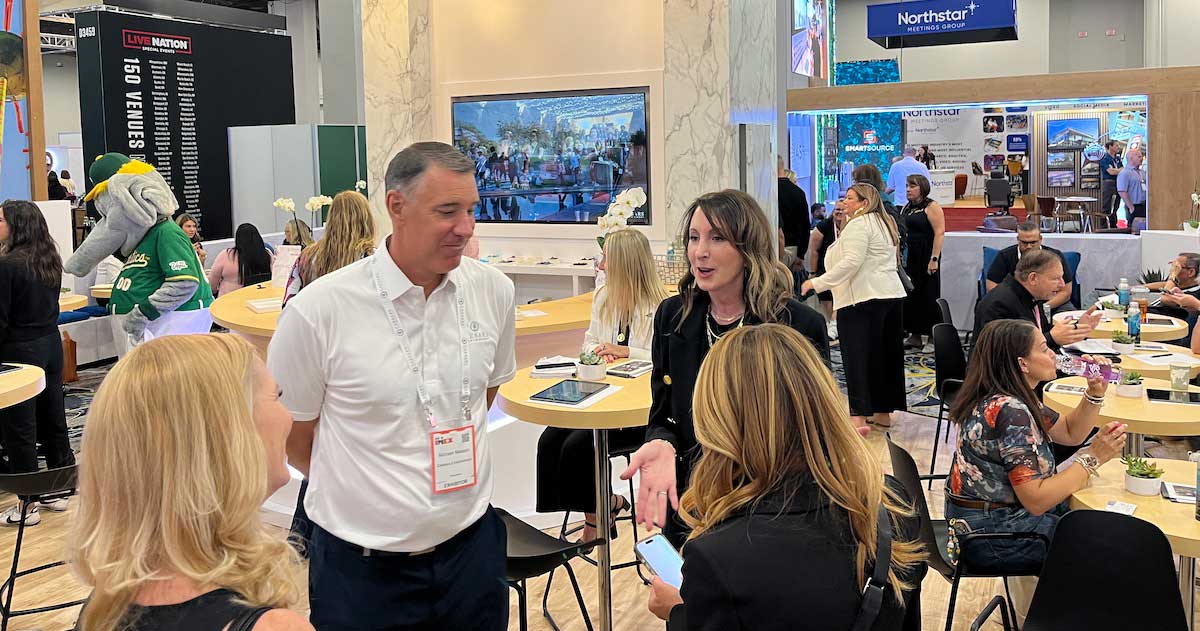“Until we meet again.”
Sure, that’s the catchphrase found in many movies and songs. But event and meetings pros have been saying this since the pandemic began – longing for the days to be back together, doing what they love.
And it isn’t just event and meeting pros who feel this way – eight in ten who are working from home miss in-person events.
While the surge in virtual has provided a path for events and meetings to continue, it isn’t quite the same as connecting in person. The pull of being face-to-face is strong for event and meeting pros and our attendees – whether it’s on-site for a social event, at an industry trade show, at a corporate meeting or any other of the thousands and thousands of events and meetings that make up the $2+ billion global industry.
Even though the pandemic is far from done, the industry is starting to shift the conversation from pivoting to virtual to preparing for the return of modified in-person events and meetings.
But clearly, the industry won’t go back to the way it was. So what will on-site events look like when they do resume? What shifts do planners need to make in their strategies and plans? And how can we convince all involved it’s safe to participate?
That’s a tall order to answer, which is why we sat down with Kevin White, head of the Boston-based, award-winning experiential event agency XPL. He has worked with global organizations on their marketing and development efforts for nearly a quarter-century and is International Past President for the International Live Events Association (ILEA).
He’s also the instructor for ELI’s newest online certificate course, Pandemic Meeting & Event Design, created in partnership with Meeting Professionals International (MPI) which kicks-off on September 1 – with a special pre-course live class on August 25. He offered several considerations to help planners start preparing now for the return of modified in-person events.
Plan for Phases
While the move to virtual seemingly happened overnight out of necessity, Kevin pointed out the return to in-person won’t be rapid.
"While we’re seeing some small examples of events resuming, especially outside of the United States, planners should expect a slower phased approach."“While we’re seeing some small examples of events resuming, especially outside of the United States, planners should expect a slower phased approach.”
As such, preparation and a long view of the timeline are critical. Kevin said, “we have an obligation to resume safely, professionally, and in an economically feasible manner. Use the time now to start the budget and timeline planning conversations and to ask the hard – but realistic – questions about what it will take to get us where we want to be.”
He also explained planners should shift to a more strategic role and conduct a SOAR (Strengths, Opportunities, Actions, Results) analysis to match desired outcomes to design based on what is achievable while living with COVID. “To create a status of indispensability versus that of commodity, we have to become trusted advisors not just on the logistics of getting things done, but why and how to do so safely and feasibly.”
Understand the Psychological Shifts
“There are many forces invested in resuming on-site meetings and events,” explained Kevin. “But as professionals, we have to carefully evaluate if the desire to do so is the right strategic and financial decision for our organizations and our clients – and just as important – fulfills our collective societal contract to take care of people when we gather live.”
He says planners will have far more audience considerations than ever before. “Audience mentalities have shifted. Psychology will play a bigger role for attendees to decide if they even want to attend, let alone the precautions and protocols we’ll need to put in place to make them feel safe once they’re on-site.”
Kevin suggests addressing these shifts head-on and making it part of the holistic event strategy and design. “Pandemic planning is not new, and as COVID-19 has taught us, it isn’t going away anytime soon. Going forward, we must re-establish our commitment to ‘Duty of Care’ for guests.”
Develop a List of Curated Voices to Listen To
When things are moving as fast as they have been the last several months, it’s daunting to make sense of who to listen or what’s the right approach.
Kevin encouraged planners to develop a network of trusted voices and reliable data sources to sort through the noise and changing guidelines. ”Hearing from people who have been there and learned the lessons is a huge help,” Kevin shared.
He also said that because there is a lot of information out there, it’s easy to get overwhelmed. “That’s one of the reasons I’m excited about the new Pandemic Meeting & Event Design course developed in partnership with Meeting Professionals International (MPI). Between self-paced coursework, weekly live classes with guest expert speakers, an online community forum, and ongoing course updates, we’re pulling together the essential best practices and ideas to help planners plan and adapt for modified in-person events.”
Arm yourself with the critical insights to plan for the future of in-person events by enrolling in the Pandemic Meeting & Event Design Certificate course. Save your seat!
